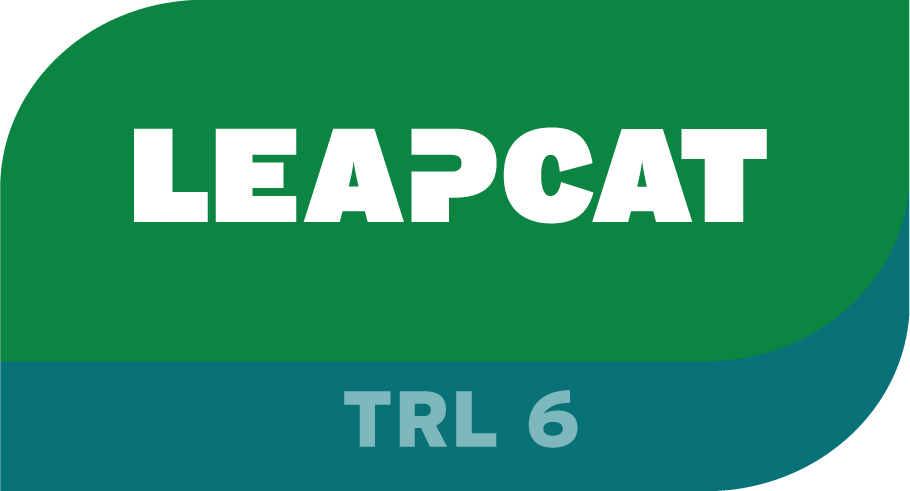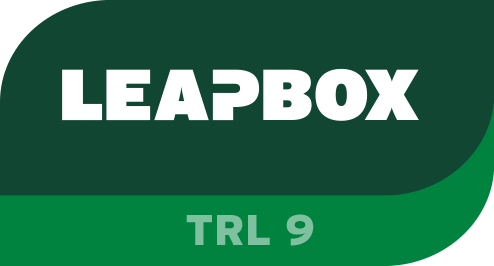LeapCat, the ability to use high-resolution task maps
Farming On Plant Level requires the highest levels of precision and requires two types of input. The first is the exact position of the sprayer and the second is high-resolution task maps. While LeapBox is the tool to perform plant level spraying tasks, we develop LeapCat to make use of plant level data.
GPS signals determine the exact location of the sprayer. LeapCat adds the exact location of the booms and nozzles to it. With LeapCat we place a GPS receiver on each boom to determine the exact location. The location of these additional GPS receivers enables the system to identify the exact location of the nozzles.
High-resolution data up to cm² precision are available, but the ability to turn this data into a task map preserving its resolution is lacking. Currently, the high resolution is lost whenever the data is turned into a task map. Until recently it was not possible to spray on plant level. Therefore there was no incentive for companies to develop technology that could handle the amount of data. To tackle this bottleneck we develop LeapCat.
The data used for LeapCat can be a combination of data or maps. Maps can be based on soil, weather, shadow, satellite maps or drone data.
LeapCat is an addition to the existing GPS system and does not replace it. It works as a cloud solution and it is an application to LeapBox. LeapBox is the core of all BBLeap technology and practically carries out the spray job.
The Technology Readiness Levels (TRLs)

BBLeap values open and transparent communication. This includes the stages of our technologies under development. To communicate our progress we use Technology Readiness Levels (TRLs). TRLs are developed and introduced by NASA in order to be consistent and uniform about communicating technology maturity. LeapCat is identified to be currently in TRL 6. TRL 6 is described as “Subsystem(s) prototype(s) validated in relevant environment”.







